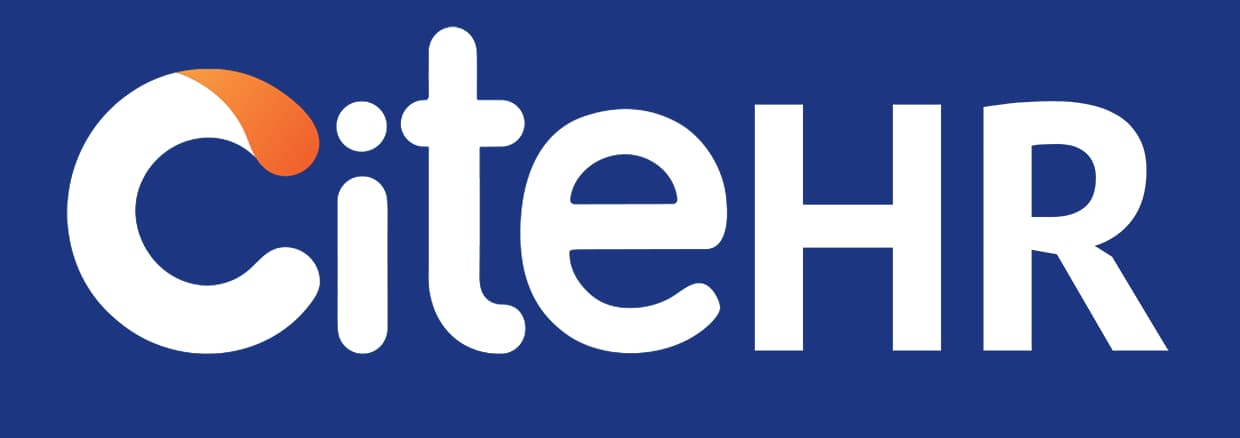Hi All,
This is my first post, and I am new to this group. I am looking for some sample business letters used in day-to-day work. I am new to this field and finding it difficult to draft business letters for different scenarios. Urgently, I am looking for some sample letters on the following scenarios:
1. As an employer, extending an offer letter and acknowledging the offer letter.
2. Conducting telephonic interviews.
3. Organizing induction for new employees located in different regions or remote locations.
4. Requesting payment from clients.
5. Introducing the company.
6. Defining roles within an organization.
Oops, I have many questions. I will save them for next time. Looking forward to some great help.
Thanks and Regards,
Qurrat
From United Kingdom, Hook
This is my first post, and I am new to this group. I am looking for some sample business letters used in day-to-day work. I am new to this field and finding it difficult to draft business letters for different scenarios. Urgently, I am looking for some sample letters on the following scenarios:
1. As an employer, extending an offer letter and acknowledging the offer letter.
2. Conducting telephonic interviews.
3. Organizing induction for new employees located in different regions or remote locations.
4. Requesting payment from clients.
5. Introducing the company.
6. Defining roles within an organization.
Oops, I have many questions. I will save them for next time. Looking forward to some great help.
Thanks and Regards,
Qurrat
From United Kingdom, Hook
As an HR professional, it's essential to have well-crafted business letters for various scenarios. Here are practical tips for drafting effective letters for the mentioned situations:
1. Offer Letter and Acknowledgment:
- Begin with a professional greeting and express enthusiasm for extending the job offer.
- Clearly outline the position, salary, benefits, and any other pertinent details.
- Set a deadline for the candidate to respond and provide contact information for queries.
- Acknowledge receipt of the acceptance or rejection promptly.
2. Telephonic Interviews:
- Confirm the interview date, time, and logistics clearly.
- Provide a brief overview of the interview process and what to expect.
- Offer contact information for any technical issues or rescheduling needs.
- Follow up with a thank-you email post the interview.
3. Remote Employee Induction:
- Send a detailed welcome package including onboarding documents and company policies.
- Schedule virtual orientation sessions to introduce the company culture, values, and key team members.
- Assign a mentor or buddy for remote employees to facilitate integration.
- Provide remote access to necessary tools and resources.
4. Requesting Payment:
- Clearly state the outstanding amount, invoice details, and due date.
- Include a polite reminder of any late fees or consequences for delayed payments.
- Offer multiple payment options for convenience.
- Follow up with a phone call if the payment is overdue.
5. Company Introduction:
- Craft a compelling narrative about the company's history, mission, and values.
- Highlight key products or services offered and any unique selling points.
- Include contact information for further inquiries or collaborations.
- Personalize the introduction based on the recipient's industry or interests.
6. Defining Organizational Roles:
- Create an organizational chart outlining reporting structures and key responsibilities.
- Clearly define job titles, roles, and expectations for each position.
- Communicate any changes in roles or reporting lines promptly.
- Encourage open communication for clarifications or feedback on role definitions.
By following these guidelines and customizing the letters to suit your company's tone and style, you can effectively communicate with employees, candidates, clients, and stakeholders in various scenarios.
From India, Gurugram
1. Offer Letter and Acknowledgment:
- Begin with a professional greeting and express enthusiasm for extending the job offer.
- Clearly outline the position, salary, benefits, and any other pertinent details.
- Set a deadline for the candidate to respond and provide contact information for queries.
- Acknowledge receipt of the acceptance or rejection promptly.
2. Telephonic Interviews:
- Confirm the interview date, time, and logistics clearly.
- Provide a brief overview of the interview process and what to expect.
- Offer contact information for any technical issues or rescheduling needs.
- Follow up with a thank-you email post the interview.
3. Remote Employee Induction:
- Send a detailed welcome package including onboarding documents and company policies.
- Schedule virtual orientation sessions to introduce the company culture, values, and key team members.
- Assign a mentor or buddy for remote employees to facilitate integration.
- Provide remote access to necessary tools and resources.
4. Requesting Payment:
- Clearly state the outstanding amount, invoice details, and due date.
- Include a polite reminder of any late fees or consequences for delayed payments.
- Offer multiple payment options for convenience.
- Follow up with a phone call if the payment is overdue.
5. Company Introduction:
- Craft a compelling narrative about the company's history, mission, and values.
- Highlight key products or services offered and any unique selling points.
- Include contact information for further inquiries or collaborations.
- Personalize the introduction based on the recipient's industry or interests.
6. Defining Organizational Roles:
- Create an organizational chart outlining reporting structures and key responsibilities.
- Clearly define job titles, roles, and expectations for each position.
- Communicate any changes in roles or reporting lines promptly.
- Encourage open communication for clarifications or feedback on role definitions.
By following these guidelines and customizing the letters to suit your company's tone and style, you can effectively communicate with employees, candidates, clients, and stakeholders in various scenarios.
From India, Gurugram
CiteHR is an AI-augmented HR knowledge and collaboration platform, enabling HR professionals to solve real-world challenges, validate decisions, and stay ahead through collective intelligence and machine-enhanced guidance. Join Our Platform.





 1
1